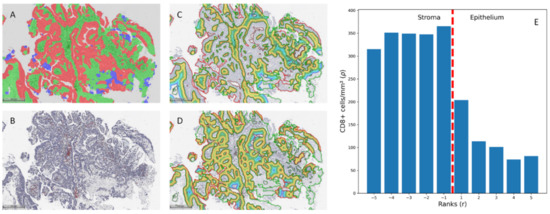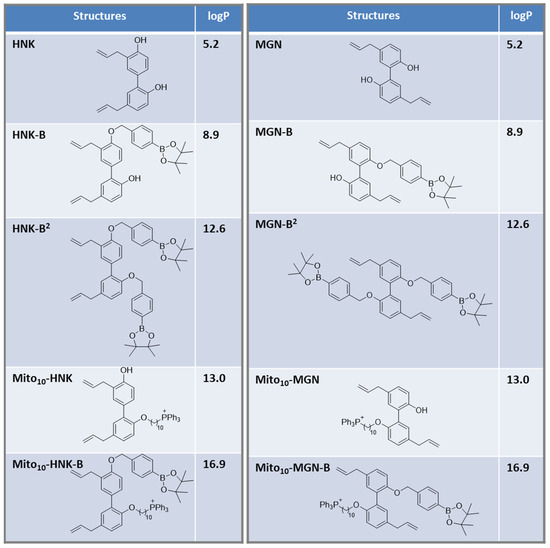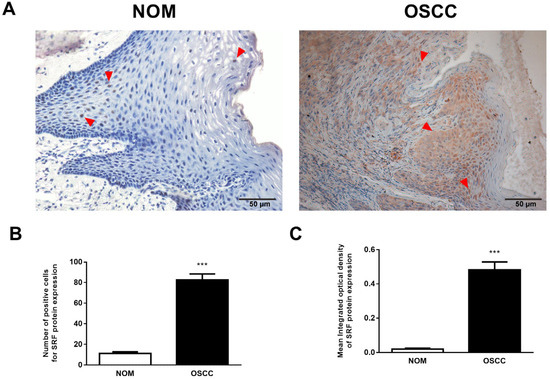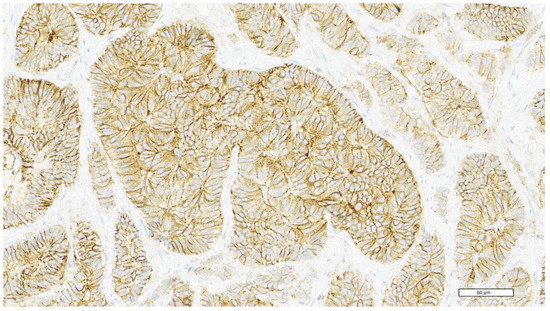Cancers 2023, 15(4), 1298; https://doi.org/10.3390/cancers15041298 - 17 Feb 2023
Cited by 4 | Viewed by 2768
Abstract
For most lymphomas, including diffuse large B-cell lymphoma (DLBCL), the male incidence is higher, and the prognosis is worse compared to females. The reasons are unclear; however, epidemiological and experimental data suggest that estrogens are involved. With this in mind, we analyzed gene
[...] Read more.
For most lymphomas, including diffuse large B-cell lymphoma (DLBCL), the male incidence is higher, and the prognosis is worse compared to females. The reasons are unclear; however, epidemiological and experimental data suggest that estrogens are involved. With this in mind, we analyzed gene expression data from a publicly available cohort (EGAD00001003600) of 746 DLBCL samples based on RNA sequencing. We found 1293 genes to be differentially expressed between males and females (adj. p-value < 0.05). Few autosomal genes and pathways showed common sex-regulated expression between germinal center B-cell (GCB) and activated B-cell lymphoma (ABC) DLBCL. Analysis of differentially expressed genes between pre- vs. postmenopausal females identified 208 GCB and 345 ABC genes, with only 5 being shared. When combining the differentially expressed genes between females vs. males and pre- vs. postmenopausal females, nine putative estrogen-regulated genes were identified in ABC DLBCL. Two of them, NR4A2 and MUC5B, showed induced and repressed expression, respectively. Interestingly, NR4A2 has been reported as a tumor suppressor in lymphoma. We show that ABC DLBCL females with a high NR4A2 expression showed better survival. Inversely, MUC5B expression causes a more malignant phenotype in several cancers. NR4A2 and MUC5B were confirmed to be estrogen-regulated when the ABC cell line U2932 was grafted to mice. The results demonstrate sex- and female reproductive age-dependent differences in gene expression between DLBCL subtypes, likely due to estrogens. This may contribute to the sex differences in incidence and prognosis.
Full article
(This article belongs to the Special Issue Estrogens and Estrogen Receptor Modulators in Cancer Research and Therapy)
►
Show Figures













